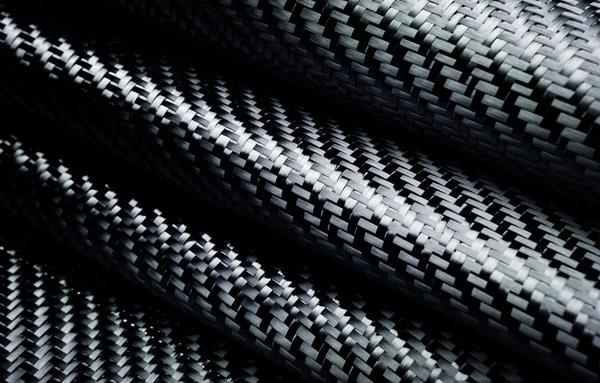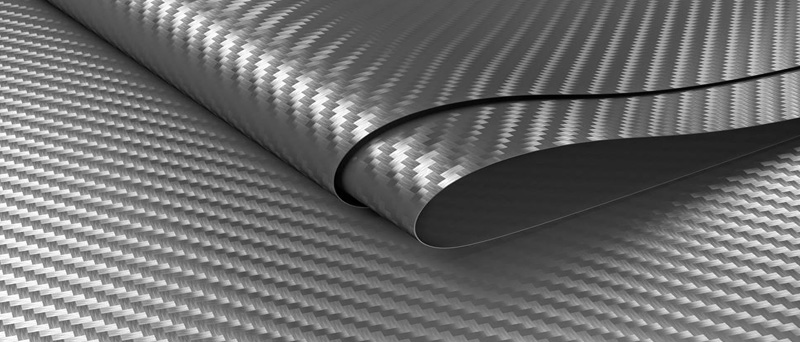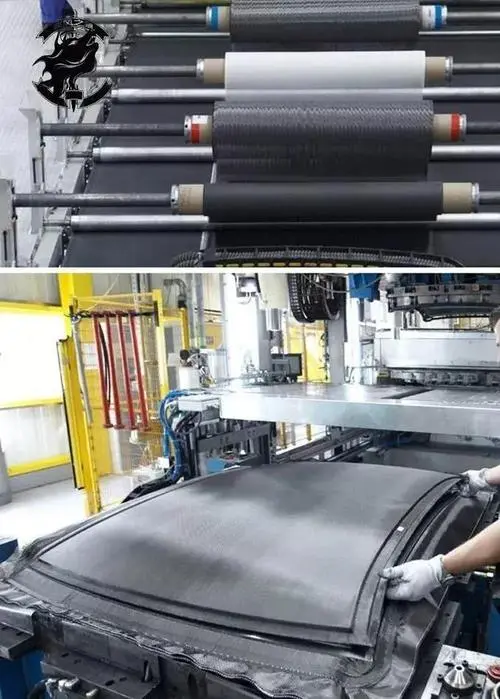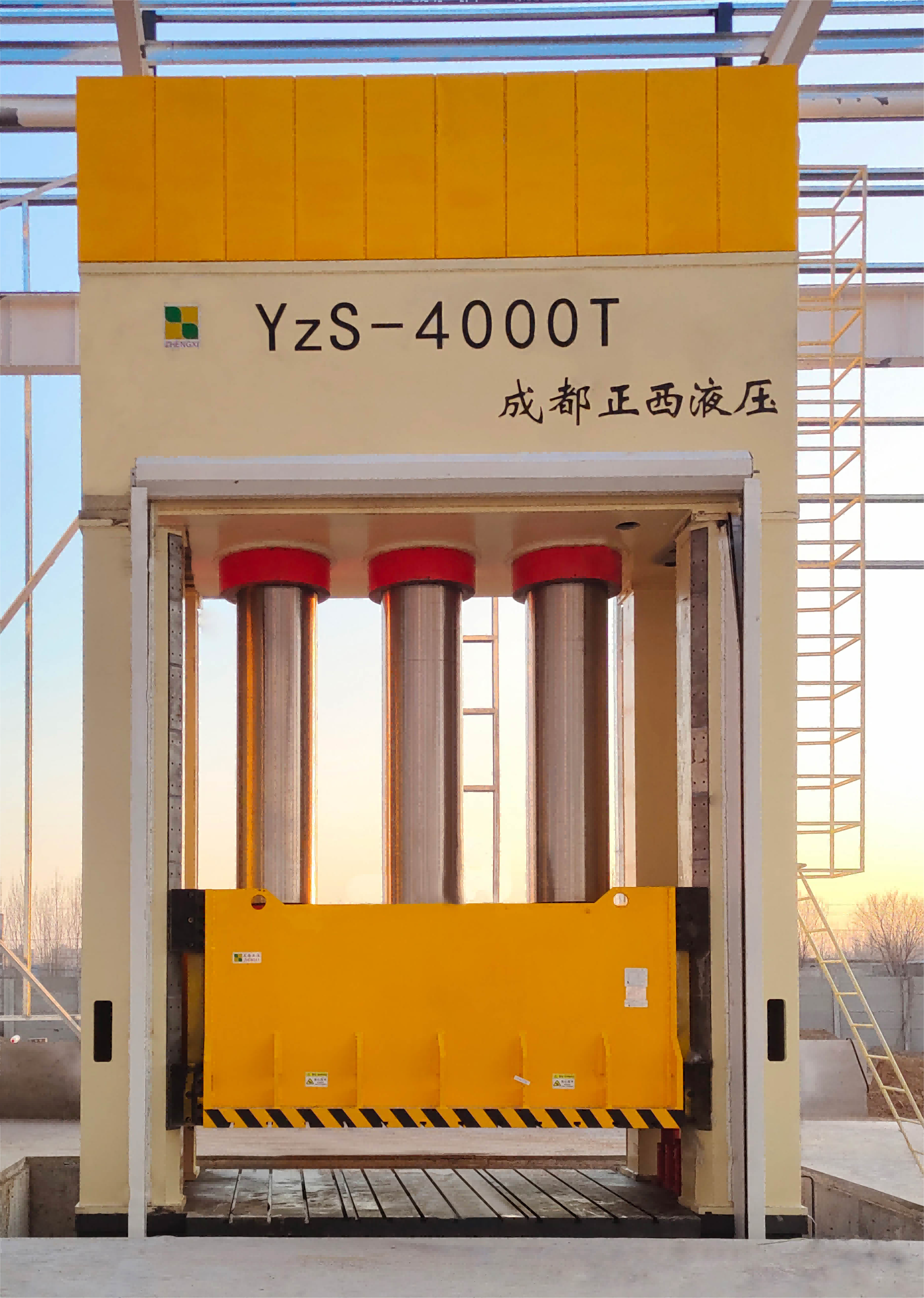







Boron fibers are inorganic fibers formed by depositing boron on metal wires. Hydrogen and boron trichloride are usually reacted on a red-hot tungsten filament to replace the amorphous boron and deposit on the surface of the tungsten filament, which is a brittle material. Boron fibers are generally produced by chemical vapor deposition.

Boron fiber is a composite material, as the core material, usually use a very fine tungsten wire with a diameter of 12.5um through the glass reaction chamber, the tungsten wire resistance is heated to cause boron trichloride and hydrogen reaction in the reaction chamber, and the elemental boron is deposited on the tungsten wire to form a layer of sleeve, wound on the wire cylinder. This is the so-called boron fiber, which has reached a diameter of 100,200 μ. The tensile strength of boron fiber exceeds that of high-strength steel, reaching 34.32MPa, and the density is only 2.59/em, which is 4~8 times higher than that of ordinary metals (steel, aluminum, etc.).

At present, the largest use of boron fiber is to make composites with epoxy resin or aluminum, which are used in aviation and aerospace, such as pipe struts and heat dissipation/cooling plates for electronic parts: fan blades, wing leather, landing gear, etc., engines for aircraft engines. It can also be used to manufacture advanced sports equipment such as tennis rackets, badminton rackets, fishing rods, skis, bicycle racks, and golf clubs. Boron has a high neutron absorption capacity and can be used in the construction of radiation shelters, nuclear waste transport barrels and vessels. Boron/epoxy has unique microwave absorption and reflection capabilities that are limited to antennas and radars.
Boron fiber is one of the first high-performance fibers to be used in the aerospace sector. The U.S. Air Force Reinforcement Materials Laboratory was the first to develop and develop boron fiber (AFML) to study lightweight, high-toughness reinforced fiber materials for cutting-edge aircraft used in the manufacture of high-performance systems. Now, commercial-scale production and ongoing research is centered on Textron Systems in the United States. Unfortunately, due to the smaller production and higher cost of boron fiber compared to carbon fiber, DuPont's Kevlar fiber does not reach the same market coverage as the high-performance fiber described above. But boron fibers still have a place in aerospace and other fields with their unique properties. The shipping industry is mainly used for aircraft parts.
The selection of boron fiber composites for the repair of aircraft has the following characteristics:
Repairs can be started without disassembling the body, which can be greatly beneficial by reducing maintenance and grounding times.
During maintenance, there is no need for rivets and bolts, etc., and resin bonding can be used to repair them, which can avoid cracks and stress in rivets and bolt holes.
It can be detected by non-destructive tests such as ultrasound and eddy current, and will not cause electric shock.
It can extend fatigue life and reduce maintenance costs.

Boron fiber composite molding hydraulic press

Performance Characteristics:
Frame/four-column structure;
The frame structure has good rigidity, high stability, strong anti-eccentric load capacity, and is not easy to cause fine change deviation after adjustment;
Four-column structure column guided, strong adjustability, cost-effective;
High speed and low vibration;
Separate open cylinder system;
Optional Add-ons:
Quick mold change device
Movable mold change trolley
Electric mold change trolley
Movable lower workbench
Mold heating and cooling system
Servo system
Robotics and automation
Sheet metal cover, front and rear lift doors
Blowing/vacuuming
Applications:
The composite molding hydraulic press is mainly suitable for thermosetting and thermoplastic and other plastic material molding, with high product size and precision requirements, and the frame structure is preferred.
It is widely used in the transportation industry such as automobile, aviation, high-speed rail, home furnishing, and power industry, and is used for the molding of composite materials such as SMC/BMC/DMC/GMT/LFT/PCM.